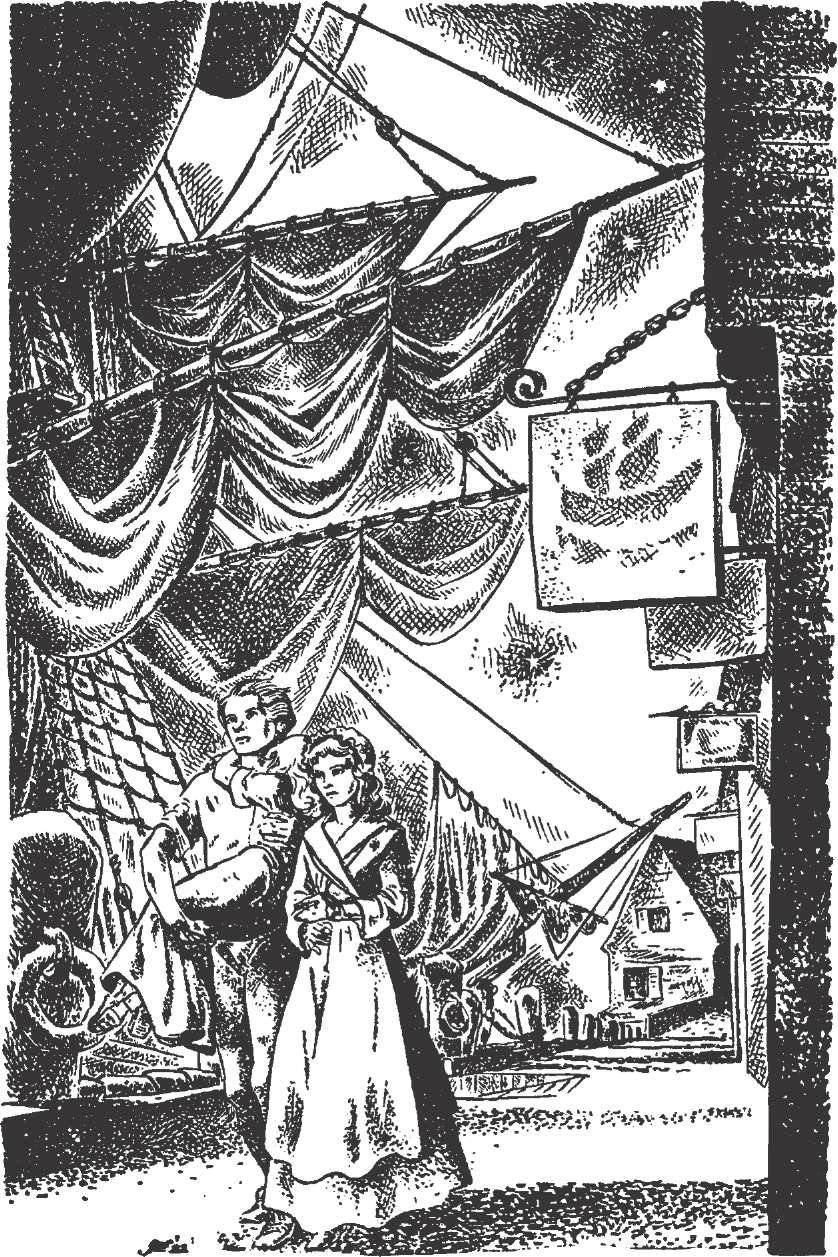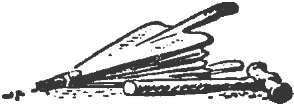Johnny Tremain
Authors: Esther Hoskins Forbes

 
Introduction by Gary D. Schmidt
Award-winning fiction from Gary D. Schmidt
To Pamela, Emily, John and Molly Taylor
Copyright © 1943 by Esther Forbes Hoskins
Copyright renewed © 1971 by Linwood M. Erskine, Jr., Executor of Estate
All rights reserved. Published in the United States by Graphia,
an imprint of Houghton Mifflin Harcourt Publishing Company.
Originally published in hardcover in the United States by
Houghton Mifflin Books for Children, 1943.
Graphia and the Graphia logo are trademarks of
Houghton Mifflin Harcourt Publishing Company.
For information about permission to reproduce selections from this book,
write to Permissions, Houghton Mifflin Harcourt Publishing Company,
215 Park Avenue South, New York, New York 10003.
The text of this book is set in Adobe Caslon.
Library of Congress Cataloging-in-Publication Data Control Number 43016483
ISBN: 978-0-395-06766-6 hardcover
ISBN: 978-0-547-61432-8 paperback
Manufactured in the United States of America
DOC 10 9 8 7 6 5 4 3 2 1
4500286767
On the day that
Johnny Tremain
was first published, the United States was midway through World War IIâthough at the time, no one knew how much longer the war would go on. Germany had conquered Europe and Great Britain was tottering. American forces were fighting fierce battles in North Africa, but they hadn't even a toehold on the European front. In the Pacific, the war seemed to be going badly. Every tiny island was a battleground, and a costly, deadly one at that. Despite President Roosevelt's radio assurances, Americans realized that the costs of this worldwide fight for freedom were going to be very high, and would touch every family.
In the middle of that comes the most unlikely bookâunlikely because it is astounding that it was ever written or published. Esther Forbes was a historian, not a novelistâcertainly not a novelist for young readers. In the year that
Johnny Tremain
was publishedâ1943âshe had won the Pulitzer Prize for
Paul Revere and the World He Lived In
(1942), but that was a historical work for an adult audience. Now she was using what she had learned in that book to try her hand at a story about a young boy growing up in Boston during the Revolutionary War. And she was going to base it all on a single, small, true incident in which a boy delivered a message about British movements to Paul Revereâa slight enough beginning, to be sure.
But there was more that made the book unlikely. As a writer, Forbes faced enormous struggles. She had to work her way through dyslexia, a condition that made it extremely difficult to draft any writing. She rarely spelled a word the same way twice. Her punctuation was a series of dashesâand that's it. And her temperament would have driven most editors to tears: she refused to accept suggested changes to her story, she refused to clean up the manuscript with proper punctuation, and she refused to even bother with standard spelling.
And if that weren't enough, she decided to put the most important words in the bookâthe words that would sum up the book's entire meaningâin the mouth of a character who is clearly a lunatic.
Here are those words: "that a man can stand up."
Half a dozen words. Each only a single syllable.
But perhaps it was these very things that made the book almost inevitable, and that made Esther Forbes the one person to write it. It was her years of work on
Paul Revere and the World He Lived In
that gave her the historian's eye that was so necessary. Only someone so immersed in the world of Revolutionary Boston could guide a reader through the narrow streets, under the signs of various shops, to the wharves where the boys went swimming, down to the Common where the blueberry bushes were thick and as high as a cow's belly and the British soldiers were drilling, out along the Neck where Redcoats guarded the way to Charleston.
But it was her novelist's eye that Esther Forbes used as well, to enliven a character like Johnny, who begins as an arrogant, almost obnoxious apprentice so skilled that he runs his master's household, so clever that he dominates the other apprentices, so sure of himself that he has his entire life planned out: he will become a wealthy silversmith, with a household of his own, and fat, rich merchants like John Hancock will come to him, begging for his work. But this is not the way it is to be. Instead, Johnny finds himself turning his back on his tradeâbecause he has no choiceâand then on his aristocratic heritageâbecause he does have a choiceâand choosing instead to become one of this new breed of men whose fight is deeper and wider than even they know, whose fight is not only for themselves, but for all humanity. He will become an American.
He will fight so that a manâany person, anywhereâcan stand up.
For Forbes is writing about 1775. And she is writing about the fictional character Johnny Tremain. And her history and her story drive us through her novel at a pace as fast as Johnny's horse, Goblin.
But Esther Forbes is writing with another purpose, too.
She is addressing a nation of young readers who are looking about at their nation at war. They know soldiers and sailors and pilots from their cities and neighborhoods, their churches and synagogues, their schools and town businessâtheir familiesâwho have died in the fight against the world's darkest cruelty and oppression. Up and down their streets they see the stars hung in the windows, showing that from this household, a boy is away at war, fighting for America. And Esther Forbes wants to say, This is why we are fighting. This is what it means to stand against evil. So she has Johnny remember the words ofJames Otis: "so a man can stand up." And she has Doctor Warren respond, "Yes. And some of us would dieâso other men can stand up on their feet like men. A great many are going to die for that. They have in the past. They will a hundred years from nowâtwo hundred. God grant there will always be men good enough."
The words are stirring, for they look forward to the Civil War, and now to World War II, when Americans are called upon to fight so that all people, in this country and abroad, can stand up. And so the book ends on a somber but incredibly hopeful tone, as Johnny understands that many "would die, but not the thing they died for."
This is what Esther Forbes wanted to convey to her first readersâand to readers of
Johnny Tremain
in future years, when the country is again called upon to fight "so a man can stand up."
Butâand this is a big butâshe does not make things easy, because in real life, things are rarely easy. It is not the case that the British are all oppressive, wicked men who want to take vengeance on the Americans. The occupation of Boston is a gentle one; until the end of the book, the American cause is hardly challenged. A number of the British soldiers are on the side of the American revolutionaries; all the Redcoat Pumpkin wants is to change his uniform for a farmer's smock and go find some land he can work. There are so many soldiers like Pumpkin that the British are hard-pressed to keep their soldiers in Boston. And Johnny actually likes Lieutenant Stranger, who saves his horse, and who practices riding and jumping with him on the Common.
And not all the Americans are noble. Sam Adams will use anything to fight for his cause, even means that he knows are underhanded. The Sons of Liberty have no trouble dismissing James Otis, even though he is one of their founding members. They can be bullies, too; Johnny witnesses the awful things that are done to one Tory victim. And many of the townsfolk of Boston seem more concerned with the profit of their business than the great cause that is swirling around them.
Johnny's commitment is, more than anything else, to an idea: that every person has the right to be free. For him, this is more important than business, than his trade as a silversmith, than friendships. When he thinks of Doctor Warren operating on his maimed hand to cut the scar tissue and free the movement of his thumb, he thinks only that now he will be able to fight for the cause. His commitment to fighting for freedom is even more important than the grief he feels when his closest friend is shot dead on Lexington Green during the first day of fighting. That is something he will think about another time. Right now, there is this work to be done.
I first read
Johnny Tremain
because of Walt Disney, who made the novel into a film in 1957âthe year I was born. It was one of several movies and adventure series that Disney made about early American historyâlike
The Swamp Fox
(1959â61) and
Daniel Boone
(1964â70) and
Zorro
(1957â59). I probably first saw it on
Walt Disney's Wonderful World of Color,
which aired on Sunday nights on our black-and-white television setâwhich didn't show any color, but we tried to imagine. It was thrilling. Johnny was daring, brave, and resourcefulâand he rode a horse really well. He disdained a life of aristocratic ease and chose to become not Jonathan Lyte, but Johnny Tremainâan American. He gained the trust of men such as Paul Revere, and dressed like an Indian for the Boston Tea Party, and was there when the lanterns were hung high in the tower of the North Church.
I probably knew that the film wasn't particularly good history: after the tea was thrown into Boston Harbor, the Sons of Liberty probably did not process through the streets of Boston, showing off, playing drums and fifes. And probably they did not carry lanterns to illuminate the Liberty Tree, all the while singing, "It's a tall old tree and a strong old tree." But I can still sing the song, and I remember the sight of the tree glowing in the darkness, and the swelling of pride that I, too, was somehow connected to all of this.
I think Esther Forbes would have approved. She was, after all, speaking to all generations, hoping that whatever else the American experiment in democracy meant, it meant that the country would rise to challenge evil, that it would praise noble sacrifice, and that it would commit itself always to enable every man, woman, and child to stand up.


O
N ROCKY ISLANDS
gulls woke. Time to be about their business. Silently they floated in on the town, but when their icy eyes sighted the first dead fish, first bits of garbage about the ships and wharves, they began to scream and quarrel.
